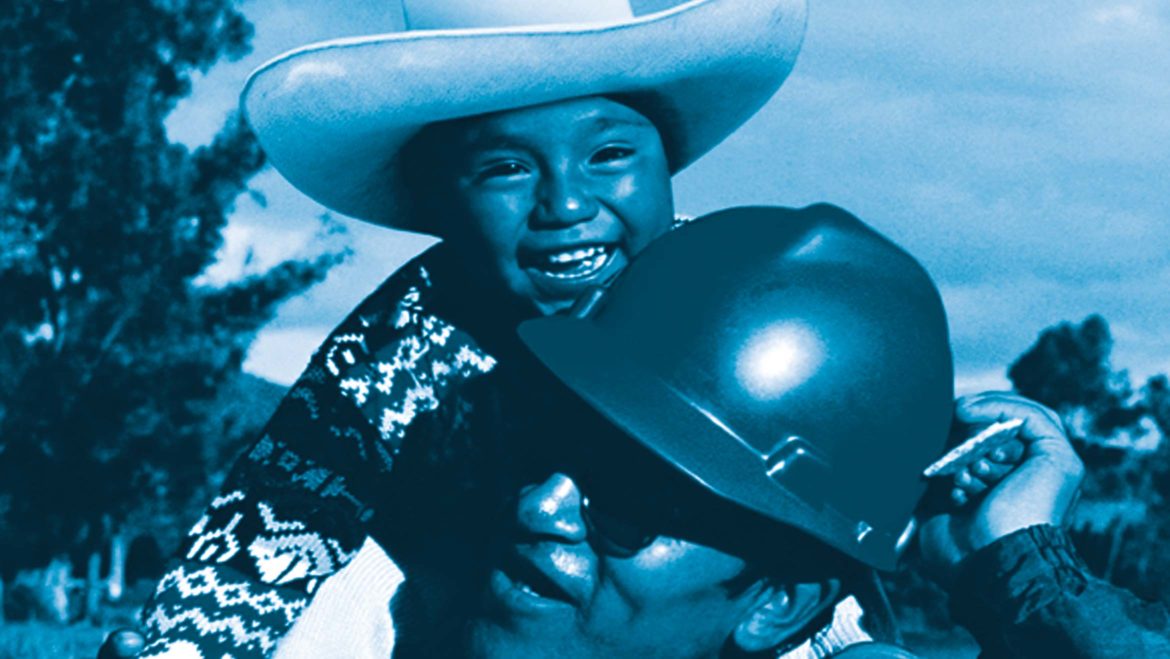
Tool 1 – Stakeholder Identification
Stakeholder identification provides the foundation to create a successful project and positive community development.
The purpose of this tool is to identify all people who may be affected or interested by the project from the earliest possible point. It offers the chance to discover “who’s who” in a community, not just obvious leaders, but the groups that can often be overlooked such as women, the poor, migrants or the elderly. If groups are left out of your consultative processes, the project can fail due to lack of true comprehension regarding broader and more complex issues. Learning about the goals and roles of different groups can contribute to project design and prevent problems at a later date.
STEP
1
Talk with existing stakeholders e.g. villagers, interest groups, local and regional government, mining company employees, NGOs and academics.
STEP
2
Network to expand the stakeholder list. Be inclusive and try to ensure the widest number of stakeholders are considered including women, marginalised or vulnerable people.
STEP
3
Everyone included? Consider who will be impacted both positively and negatively and whose support, or lack of, could make a difference to the project’s outcome.
Further Reading:
Community, Economics, Environment, Ethical Business, Management, Rehabilitation
Stakeholder mapping to inform community programs
The Far Southeast project represents a relatively challenging socio-political environment. This means the project’s ultimate success is more dependent than most on close consultation with local stakeholders.
Sources:
IFC, Stakeholder Engagement: A Good Practice Handbook for Companies Doing Business in Emerging Markets, Washington DC, 2007. Available at: https://www.ifc.org/wps/wcm/connect/938f1a0048855805beacfe6a6515bb18/IFC_StakeholderEngagement.pdf?MOD=AJPERES
Zandvliet, L. and Anderson, M. B., Getting it Right: Making Corporate-Community Relations Work, Greenleaf Publishing, Sheffield, 2009, especially Chapter 9.

